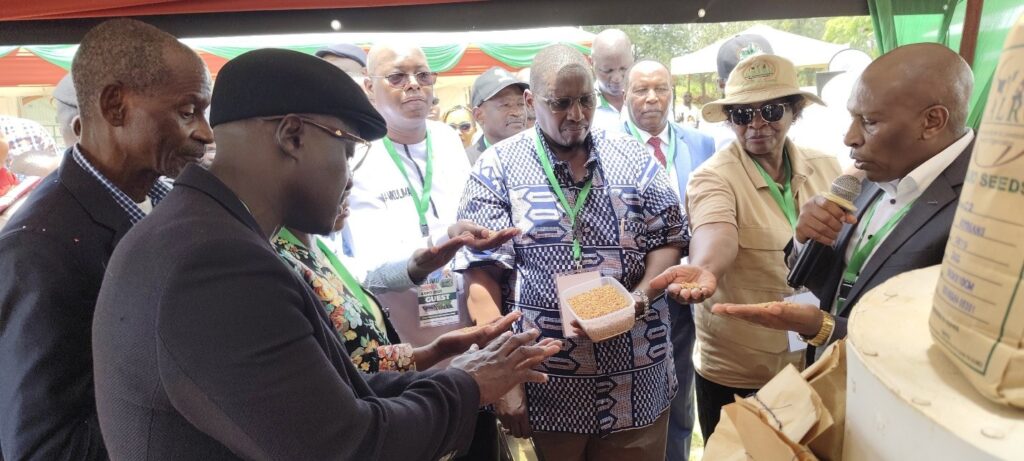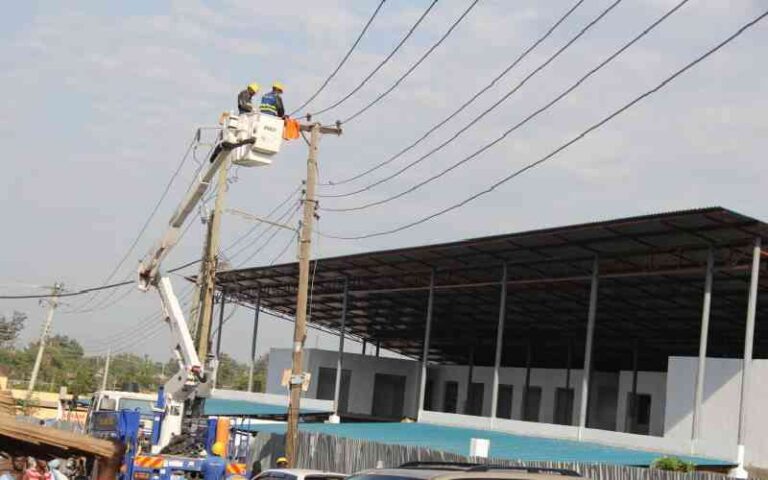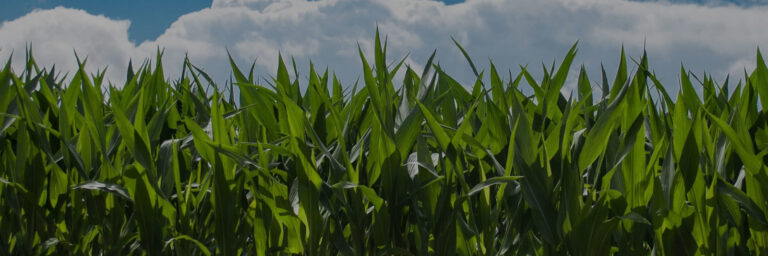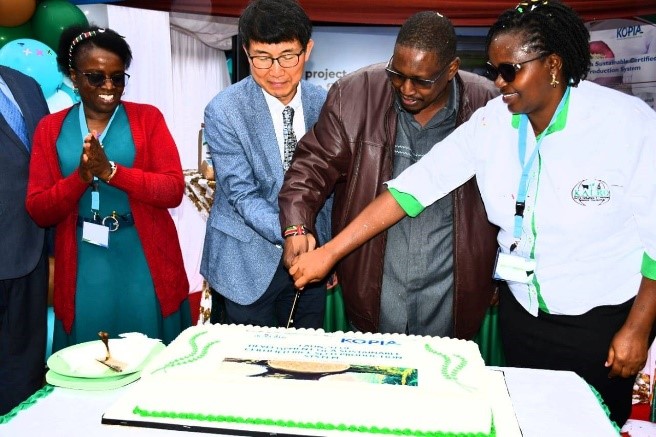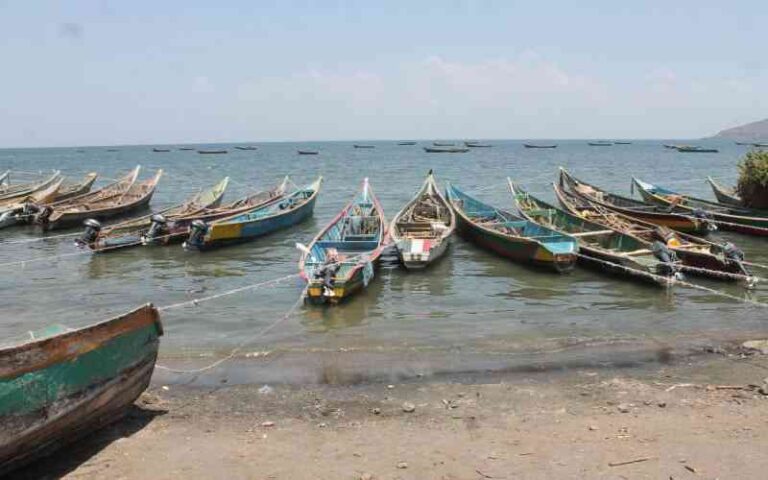KALRO Unveils new crop varieties to boost food security and farmer income – Kenya Agricultural and Livestock Research Organization

The Kenya Agricultural and Livestock Research Organization (KALRO) is intensifying efforts to enhance food security and economic sustainability for farmers by introducing new high-yielding and climate-resilient crop varieties. The recent launch of tomato, cabbage, and soya bean varieties highlights the organization’s ongoing commitment to agricultural innovation.
In Kenya, tomatoes and cabbages remain staple ingredients in many households, often combined in simple and delicious vegetable dishes. With over 300 tomato varieties grown locally, KALRO continues to improve and breed new ones to meet increasing demand. According to Dr. Lusike Wasilwa, Director of Crop Systems at KALRO, tomato production is vital in a country where most households consume the vegetable in at least two meals daily.
However, the current average yield of 8.8 metric tonnes per acre falls short of the potential 20 metric tonnes, largely due to the use of poor-quality seeds and limited access to certified ones. This shortfall forces Kenya to import tomatoes from neighboring countries including Tanzania, Uganda, DRC, and Ethiopia.
“Tomato production is constrained by high costs of certified seeds, limited knowledge on seed establishment, pests and diseases, post-harvest losses, and low technology adoption among smallholder farmers,” Dr. Wasilwa said.
During the recent KALRO Open Week Exhibition held across all its institutes and centers from February 14 to March 7, 2025, private seed companies showcased collaborative innovations with KALRO. Among them was SAKATA Seeds, which launched the Buena Vista F1 tomato variety in Kenya. This variety is disease-resistant, high-yielding, and offers long shelf life—features that make it especially appealing to large-scale tomato growers in regions like Loitokitok.
SAKATA also unveiled the PowerSlam F1 cabbage variety, praised for its uniformity, density, and tolerance to black rot. It matures quickly—within 80 to 85 days—and its medium size makes it ideal for transport over long distances without damage.
Angus Douglas Hamilton, SAKATA’s East Africa representative, emphasized the importance of developing crop varieties that can thrive in unpredictable climate conditions. “It can take 10 to 12 years to breed new varieties, so we must anticipate the challenges farmers will face,” he said.
In parallel efforts, KALRO has introduced seven new soya bean varieties ahead of the rainy season, aiming to transform Kenya’s agricultural and nutritional landscape. Dr. Eliud Kireger, KALRO’s Director General, announced the production of 40 metric tonnes of certified soya seeds, with a vision to scale up to 400,000 metric tonnes depending on farmer uptake.
“These varieties can thrive in various climatic zones and will reduce the country’s dependency on expensive animal feed and cooking oil imports,” Dr. Kireger noted.
Highlighting the economic potential, one drought-tolerant variety, SB19, matures within three months and can yield up to 1,000 kilograms per acre—translating to about KSh 180,000 per harvest. The soya initiative is also linked to an ambitious government plan to empower 200,000 youth in 24 counties by allocating them idle public land for crop production.
Local leaders, including Gatanga MP Edward Muriu and Kiambu Deputy Governor Rosemary Kirika, lauded the initiative. Kirika emphasized that agriculture must be seen as a commercial venture capable of transforming livelihoods.
“As counties, we are ready to support soya farming through policy and infrastructure,” she said, encouraging farmers to plant early and take advantage of the long rains.
With such collaborative public-private partnerships and a focus on climate-smart agriculture, KALRO’s efforts are not only enhancing food and nutritional security but also positioning agriculture as a profitable venture for both smallholder and commercial farmers across the country.

